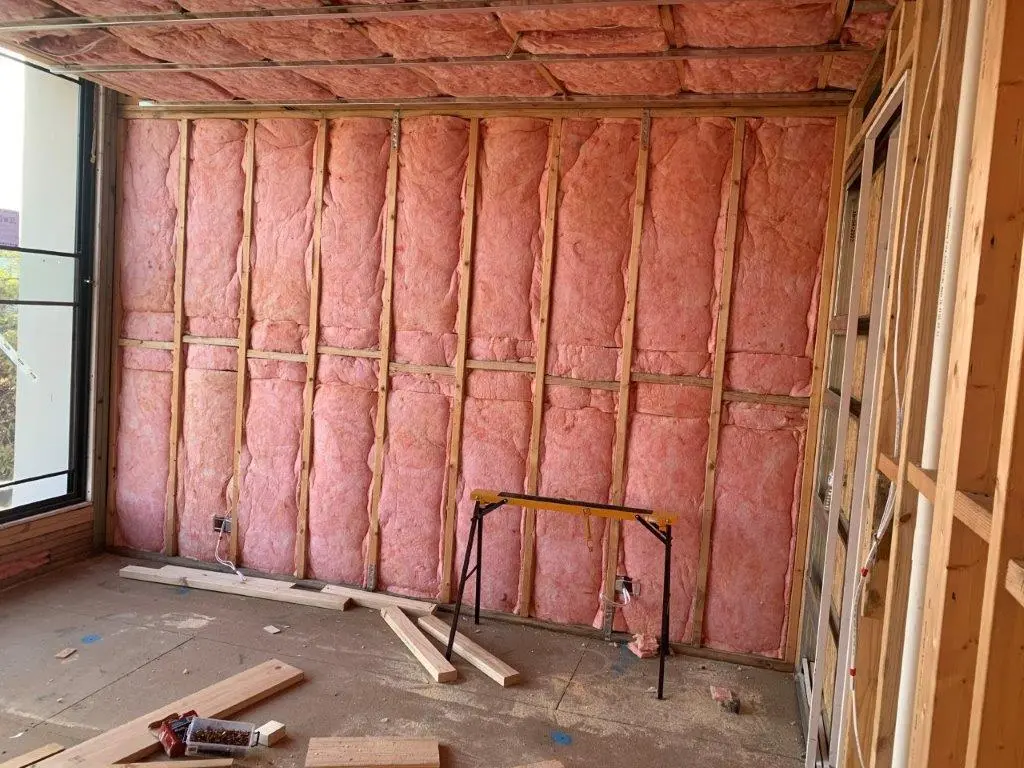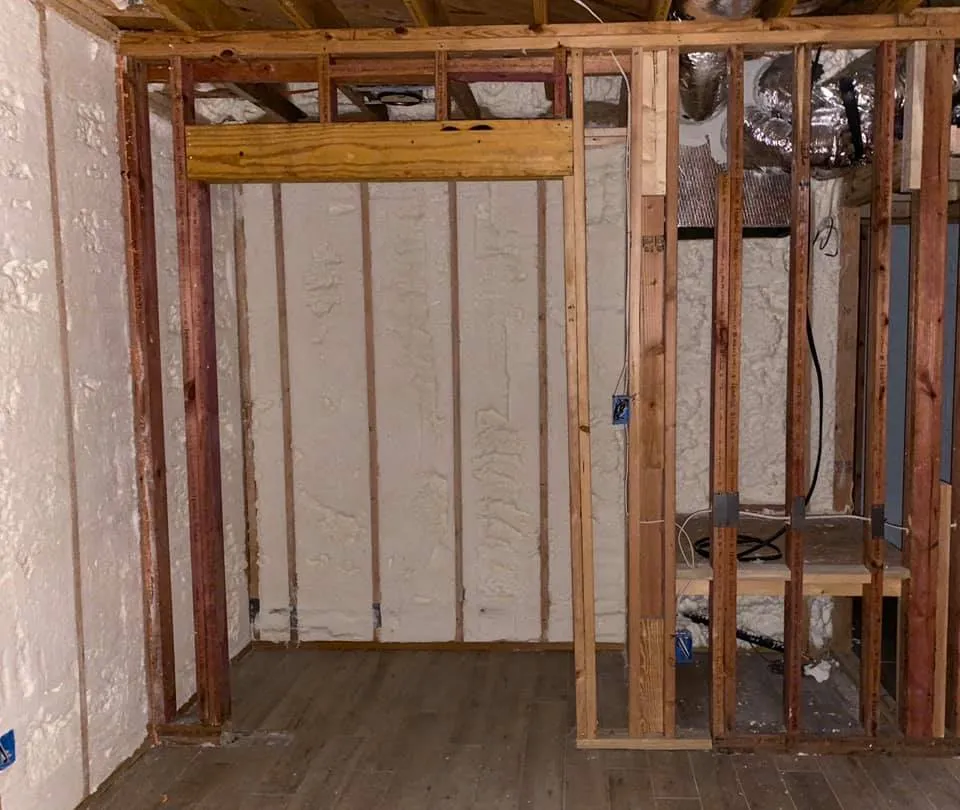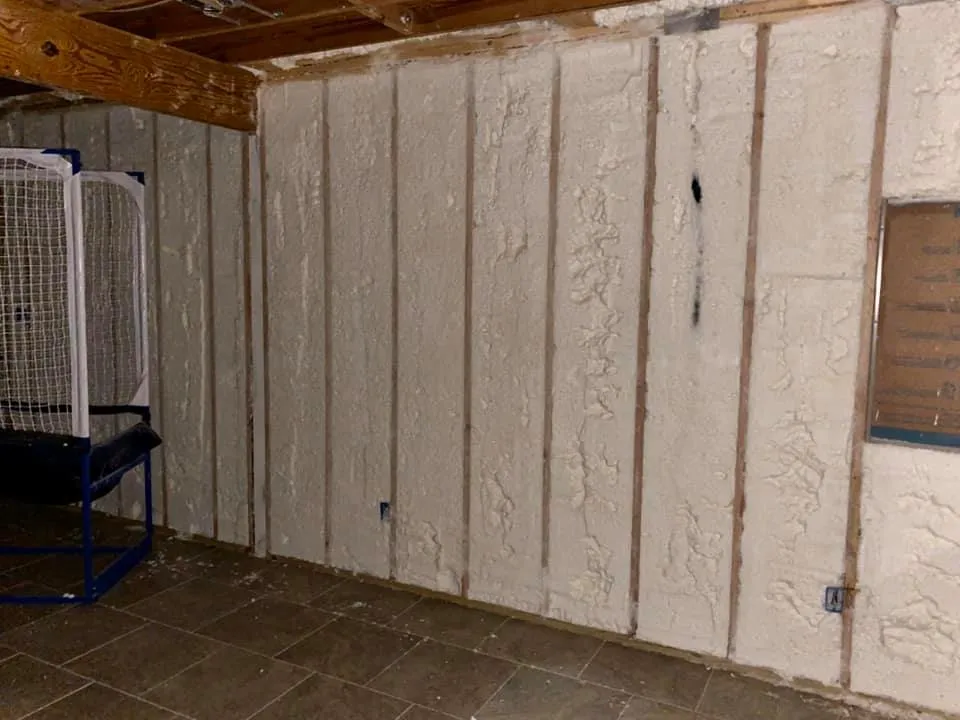Wall insulation plays a major role in improving energy efficiency, reducing costs, and enhancing indoor comfort. As technology advances, new insulation methods are emerging, offering homeowners and builders more options than ever before. This article explores the differences between traditional and innovative wall insulation techniques, helping you determine the best approach for your needs.
Conventional Insulation Methods
Fiberglass Batts
Fiberglass insulation has been a popular choice for decades. It consists of fine glass fibers woven into batts or rolls that fit between wall studs. While it remains widely used, it has several limitations, such as potential gaps, air leakage, and moisture retention.
Pros:
- Cost-effective
- Readily available
- Non-combustible
Cons:
- Prone to air gaps and thermal bridging
- Less effective in humid conditions
- Can deteriorate over time
Cellulose Insulation
Made from recycled paper products, cellulose insulation is treated with fire retardants and blown into wall cavities. It provides better air sealing than fiberglass but can settle over time, reducing effectiveness.
Pros:
- Environmentally friendly
- Good thermal performance
- Affordable
Cons:
- Can absorb moisture
- Requires professional installation
- May need replenishment over time
Mineral Wool
Mineral wool, or rock wool, is made from natural stone and recycled materials. It offers excellent fire resistance and soundproofing capabilities, making it ideal for specific applications.
Pros:
- Fire-resistant
- Provides soundproofing
- Durable and moisture-resistant
Cons:
- Higher cost than fiberglass
- Heavier and harder to install
- Requires precise installation to prevent thermal leaks
Modern Insulation Technologies
Spray Foam Insulation
Spray foam insulation has gained significant popularity due to its superior air-sealing properties. It expands upon application, filling gaps and creating a continuous thermal barrier.
Types:
- Open-cell spray foam: Lighter and flexible, offering some soundproofing.
- Closed-cell spray foam: Denser, providing higher R-value and moisture resistance.
Pros:
- Eliminates air leaks
- High R-value
- Adds structural strength
Cons:
- Higher upfront cost
- Requires professional installation
- May emit chemicals during curing
Vacuum-Insulated Panels (VIPs)
VIPs are one of the most advanced insulation technologies available. These panels contain a core material with air evacuated to create a vacuum, significantly reducing heat transfer.
Pros:
- Extremely high thermal resistance
- Space-saving design
- Long-lasting performance
Cons:
- Expensive
- Susceptible to damage
- Limited availability
Aerogel Insulation
Aerogels are lightweight materials with high thermal resistance. Initially developed for space exploration, aerogels are now being integrated into building insulation.
Pros:
- Exceptional insulating properties
- Water-resistant
- Thin and lightweight
Cons:
- Expensive
- Fragile if not handled properly
- Limited suppliers
Phase Change Materials (PCMs)
PCMs store and release thermal energy by changing phases (solid to liquid and vice versa). These materials regulate indoor temperatures effectively.
Pros:
- Reduces heating and cooling costs
- Enhances comfort
- Works well with other insulation methods
Cons:
- High initial cost
- Requires careful integration
- Limited commercial availability
Choosing the Right Insulation for Your Needs
Selecting the best insulation depends on several factors, including budget, climate, and energy goals. Traditional materials like fiberglass and cellulose work well for budget-conscious projects, while modern solutions like spray foam or aerogel provide superior performance for long-term benefits.
Need Help Deciding?
At Stellrr Insulation & Spray Foam, we specialize in identifying the best insulation for your home or commercial property. Whether you’re interested in upgrading to spray foam or exploring innovative materials, our team is here to help. Call us at (512) 710-2839 or email info@stellrr.com for expert guidance.
Comparing Costs and Return on Investment
| Insulation Type | Initial Cost | Lifespan | Energy Savings Potential |
| Fiberglass Batts | Low | 20-30 yrs | Moderate |
| Cellulose | Low-Medium | 20-30 yrs | Moderate-High |
| Mineral Wool | Medium | 30+ yrs | High |
| Spray Foam (Open-cell) | Medium-High | 50+ yrs | Very High |
| Spray Foam (Closed-cell) | High | 50+ yrs | Very High |
| Vacuum-Insulated Panels | Very High | 50+ yrs | Extreme |
| Aerogel | Very High | 50+ yrs | Extreme |
| Phase Change Materials | High | 30+ yrs | High |
Common Questions
How do I know which insulation type is best for my home?
Factors such as climate, budget, and energy goals should guide your choice. Consulting an insulation professional can help determine the best fit for your needs.
Is spray foam insulation worth the cost?
Yes. While the initial investment is higher, spray foam offers superior air sealing, structural reinforcement, and long-term energy savings.
Can I install insulation myself?
Fiberglass and cellulose can be DIY-friendly, but advanced materials like spray foam, aerogels, and VIPs require professional installation to ensure effectiveness.
Does insulation help with noise reduction?
Yes. Materials like mineral wool and spray foam provide excellent soundproofing in addition to thermal insulation.
What insulation is best for humid climates?
Closed-cell spray foam is one of the best options for humid areas due to its moisture resistance and air-sealing properties.
How long does insulation last?
Most insulation materials last 20–50 years, with options like spray foam and aerogels offering some of the longest lifespans.
Will new insulation lower my energy bills?
Yes. Proper insulation reduces heat transfer, leading to lower heating and cooling costs over time.
Is there an eco-friendly insulation option?
Cellulose insulation is made from recycled materials and is one of the most environmentally friendly choices available.





